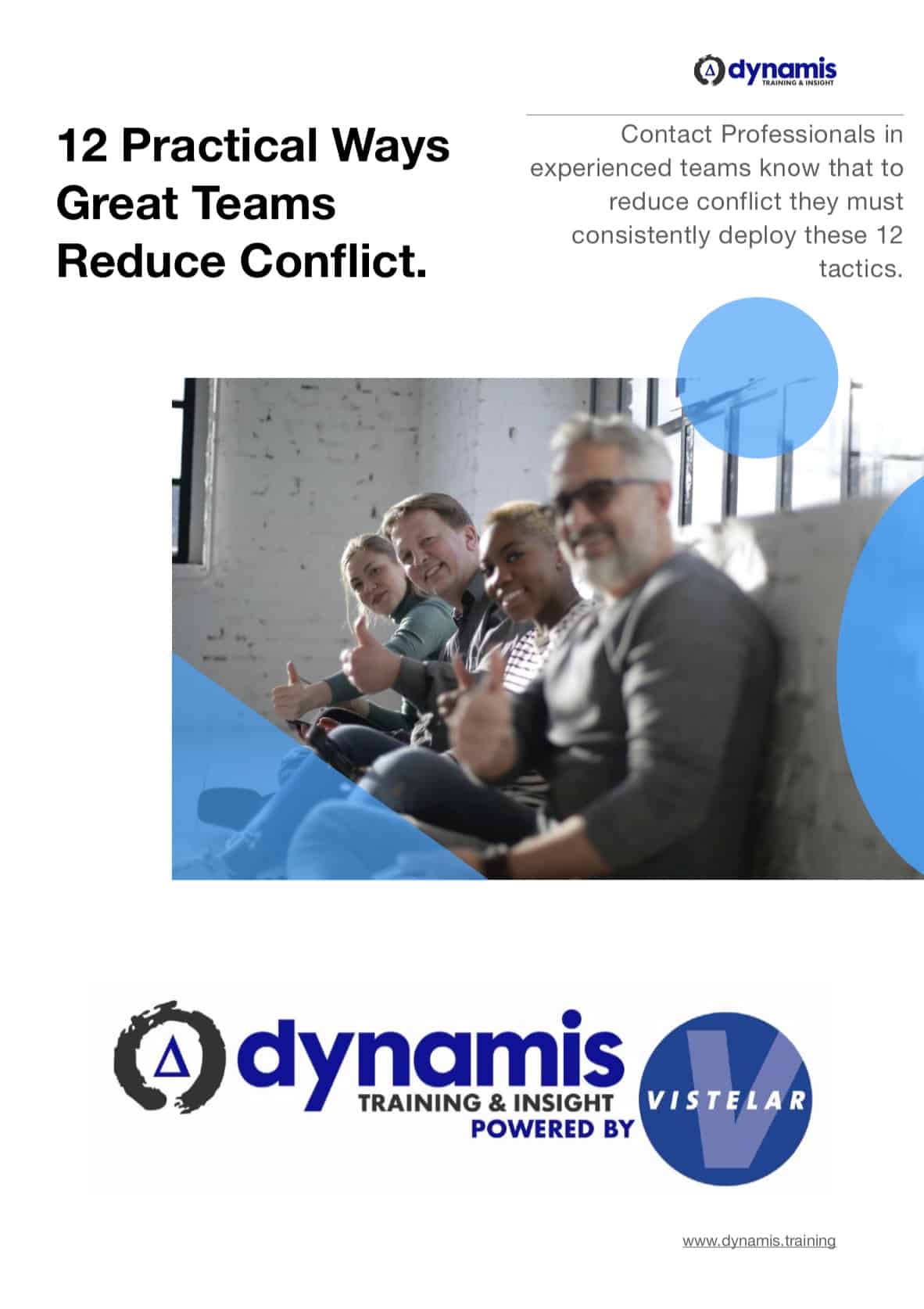Awareness in Lone Worker Safety Training
Here is a list compiled by Ray Braithwaite in his book ‘Managing Aggression’ of Social Care Staff murdered in a 25-year period from 1984:
- 1984 Isabel Schwartz. SOCIAL WORKER. Bexley
- 1985 Norma Morris. SOCIAL WORKER. Haringey
- 1986 FrancisBetteridge.SOCIAL WORKER. Birmingham
- 1988 Audrey Johnson. SOCIAL WORKER. London
- 1992 KatieSullivan.VOLUNTARY WORKER. Kingston‐upon‐Thames
- 1993 Georgina Robinson.OCUPATIONAL THERAPIST. Devon
- 1993 Jonathan Newby.VOLUNTARY WORKER. Oxford
- 1998 Jenny Morrison.SOCIAL WORKER. Wandsworth
- 2006 Ashleigh Ewing.SOCIAL WORKER. Newcastle
- 2007 Sarah Merritt.CARE WORKER. Southampton
- 2008 Phillip Ellison.SOCIAL WORKER. Preston
One of the difficult things I need to do as a personal safety trainer is make my trainees aware that these incidents have happened. My role as personal safety guide is to highlight the realities for staff, so that they can make better decisions about safety. I want to help you to protect yourself against these types of incidents happening to you or within your team. Let’s examine the lessons.
Avoidance
Let us first turn our attention to a Royal College of Nursing study, conducted some years ago but still valid today, which dealt with the issues of lone working and personal safety. The survey was very comprehensive and asked approximately 1500 UK nurses who work in the community about their experiences.
Lets pick out a few of the more salient points:
- 10% of the respondents had been physically assaulted at work during the 2 years prior to the survey
- only one in five staff staff said that their employers ‘always’ knew their whereabouts on a given day
- Only 18.3 per cent carried out a risk assessment on their first visit, with 19.3 per cent conducting a risk assessment on every visit.
- about two-thirds of respondents said that they were ‘rarely’, never’ or only ‘sometimes’ were provided with adequate information on referral
- 8% of physical assaults were never reported to a line manager.
- 75% of physical assaults were not reported to the police.
- 25% of respondents felt unsafe at work in the previous 12 months
Some home care staff might visit up to 14 people in one day while they are at work. I have met more than one Home Care worker who does in excess of 20 visits per day.
The First Question in Lone Worker Safety Training
My first question to Lone Workers is always: “If I walked in to your supervisor’s office one day while you are at work and asked, ‘where is Mary right now, and is she safe?’ then what quality of answer would I get?”
Answers in lone worker safety training vary widely. Criminal Justice teams tend to be very aware of the risk their workers may face. Home Care staff tend to be left to their own schedule-management. Teams manage whereabouts using a variety of methods. In/out boards are particularly common while also being subject to quite varying levels of consistency and monitoring.
Using an In/Out board, Workers write down their itinerary for the day, who they are visiting and when, what time they expect to finish the visit. People at the office can check and then make a phone call to confirm the person’s whereabouts and safety.
When staff are asked on lone worker safety training if they ever receive “just checking you’re okay” phone calls, though, it becomes obvious that time pressure and attentional demands can make this system a less-dependable, less-robust one.
Workers sometimes visit with their clients out of hours. This means that no-one may be at the office to actually check the in/out board. Perhaps the receptionist or administrative support person leaves at 4pm. Perhaps there is an on-call manager but s/he is only to be called in emergencies. Visits happen all the way up to 10pm and beyond.
The common joke we hear from staff, hiding a dark reality, is that the alarm would only be raised when their family is sat around their dinner table, “wondering where that woman who cooks dinner is?”
The burning question, which as we shall see, could quite rightly be keeping those responsible for managing teams awake at night, is: “are you supervising the work that is going on in your team adequately, and is the system you have put in place robust?”
Another way to explain the same problem, perhaps in less stark terms, is to ask: “if one of your lone worker colleagues feels unwell, faints and collapses in a clients home, then when does your team find out she needs help, and how?”. If the answer is not a comprehensive one, and one that workers and managers can have confidence in, then it may be time to review and tighten your team’s systems of supervision and monitoring. This is a major focus of lone worker safety training.
In recent years an entire industry has matured in order to support the responsibilities of managers in adequately supervising lone working teams. Electronic devices using mobile phone and messaging technology, GPS tracking, process management software and British Standard compliant alarm-receiving call centres are now available in subscription packages which can significantly increase the level of supervision and support encapsulated within a safe system of lone worker safety. I will discuss this issue in a later blog entry specifically devoted to Lone Worker Safety Devices.

Gerard O’Dea is a professional violence-management trainer/consultant who has been active in personal safety training since 2006. He regularly delivers training to local authority, housing organisation and other community-based staff teams who work with sometimes difficult, distressed or dangerous members of the public. His approach to lone-worker training is pragmatic, functional and based on a keen analysis of the issues in the real world of community working. Gerard published “Lone Worker Personal Safety: A Guidebook for Health and Social Care Staff” (on Amazon in Paperback and on Kindle) in 2014. For more information please visit: https://www.dynamis.training/lone-worker-personal-safety/
You may also be interested in https://www.dynamis.training/keeping-lone-workers-safe-information-sharing/


